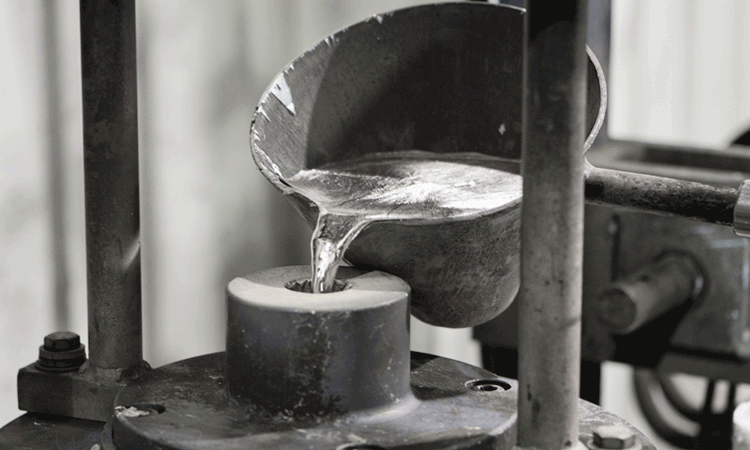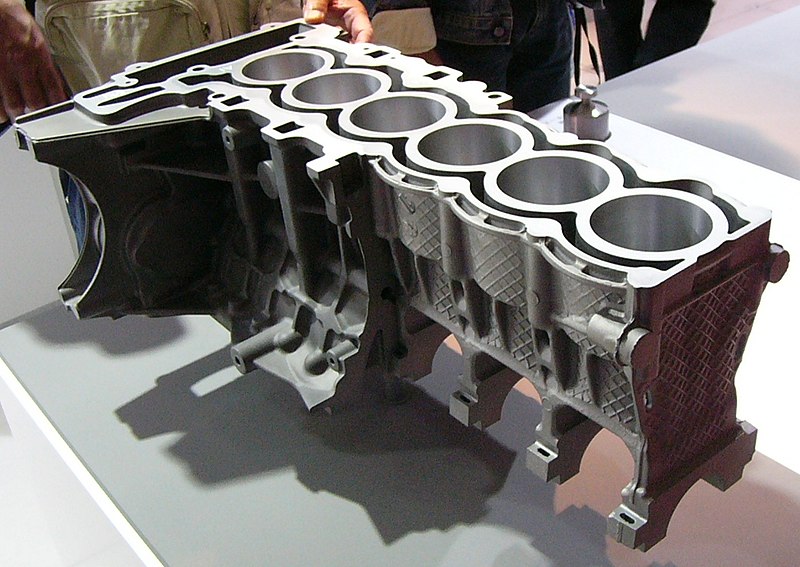The Intricate World of Diecasting: Precision in Manufacturing
The Intricate World of Diecasting: Precision in Manufacturing
Blog Article
Diecasting is an essential manufacturing technique that requires forcing the molten metal to a mold cavity using intense pressure. The process is known for its capability to create complex designs that are characterized by the highest degree of accuracy and repeatability, making it an essential tool in many sectors. From aerospace, automotive, household appliances and consumer electronics, diecasting plays a crucial component in making products that can meet the strictest standards of quality and performance. This article will explore the intricacies of diecasting and outlines its methods, advantages, and uses.
Diecasting starts with the design of a mold, also known as a die, which is constructed of steel hardened for a long time to endure high pressures and temperatures. Once the mold is prepared metal alloys, such as magnesium, aluminum, zinc, or copper are heated up until they become molten. The molten material is introduced into the mold at high pressure, ensuring it covers all the parts of the mold, which includes detailed segments and the thin walls. The pressure is maintained until the molten metal is solid, and at that point, the mold is opened, and the new part will be ejected. The process is high-pressure, which ensures the finished product is accurate without the need for additional machining or finishing.
One of the most significant benefits that diecasting has is its capability to produce parts with high resolution and precise surfaces. The high-pressure injection ensures that the molten material is perfectly shaped with the mold which results with parts that need only minimal processing or finishing. This precision is especially beneficial when it comes to creating complex geometries or thin-walled segments that are hard or impossible to make through other manufacturing techniques. Diecasting also produces components with precise tolerances and high repeatability, which makes it an ideal method for mass production. The effectiveness of this process also leads to cost savings due to the fact that high rate of production reduces labor costs as well as material waste.
Diecasting's versatility is obvious in its broad application across a variety of sectors. In the automotive industry, for example diecasting is a key component for the production of engine parts such as transmission housings, transmission components, and various other parts of structural design. These parts benefit from the strength and durability offered by diecasting, as in the capability to make lighter parts, which improve performance of the engine. In the aerospace sector it is essential to have high-strength component that is lightweight is vital Diecasting can provide the precision and material properties necessary for the most demanding of applications. Consumer electronics also count heavily on diecasting in order to produce durable and precise housings and internal parts, which ensures the quality and durability of gadgets. Telecommunications, medical, and power tools sectors further show the vast application and value of diecasting in the modern world of manufacturing. To obtain further information please head to Senadiecasting
The material used for diecasting can significantly affect the physical properties and performance of the final product. Aluminium is an extremely popular material due to its excellent strength-to-weight ratio, corrosion resistance along with its excellent electrical and thermal conductivity. Aluminum's properties make it ideal for aerospace and automotive applications in which weight reduction is essential. Zinc alloys have high strength and ductility. They are perfect for applications that require precise details and durability. Magnesium alloys weigh the least metallic structural elements, offering the advantage when weight savings are paramount. Copper alloys are typically used in less applications, are valued for their high electrical conductivity and corrosion resistance. Each alloy has distinct advantages, allowing manufacturers to select the right one for the application they are looking for.
Diecasting is a highly productive and flexible manufacturing method which is essential to the production of intricate metal components with high precision and consistency. Its capacity to design parts with intricate details, tight tolerances, and smooth surface finishes makes it invaluable across various industries, from automotive and aerospace to consumer electronics and even beyond. Its use of various material types further increases the flexibility of diecasting. It allows companies to select the best alloy for their specific needs. Technology advances, and the demand for high-quality, cost-effective components continues to grow the use of diecasting will be vital on the manufacturing scene driving innovation and excellence in the field of production.